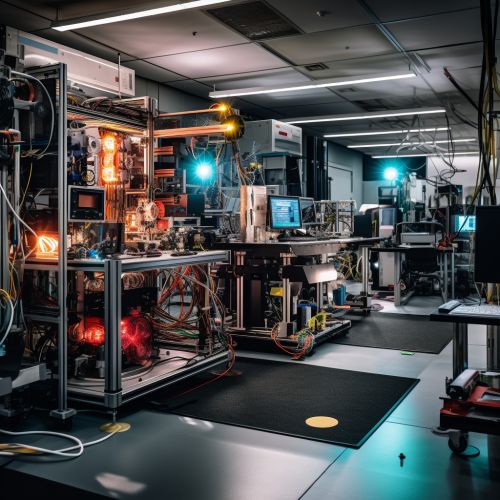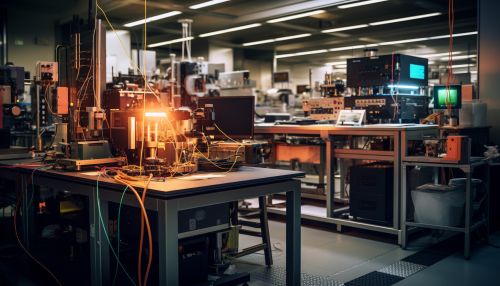The Fundamentals of Quantum Error Correction
Introduction
Quantum error correction (QEC) is a branch of quantum information science that focuses on protecting quantum information from errors due to decoherence and other quantum noise. Quantum error correction is essential for the practical realization of large-scale quantum computers and quantum communication systems.
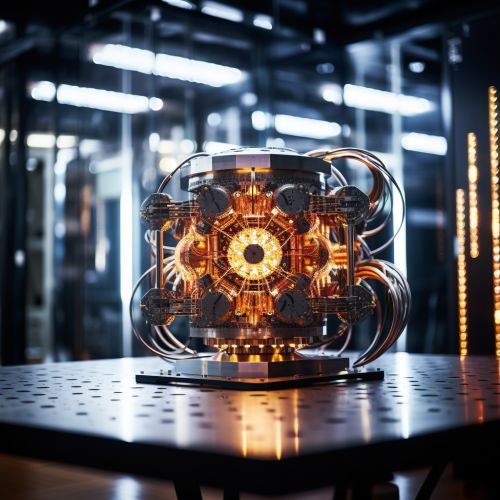
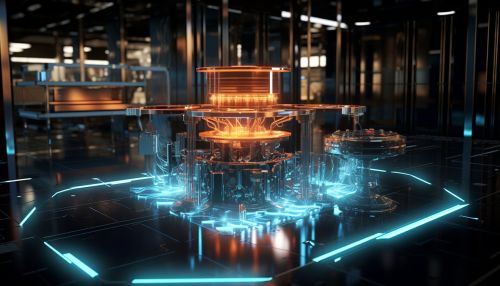
Quantum Errors
Quantum errors can be categorized into two types: bit flip errors and phase flip errors. Bit flip errors are similar to classical bit flip errors where the state of a quantum bit, or qubit, changes from |0⟩ to |1⟩ or vice versa. Phase flip errors, on the other hand, change the phase of a qubit. These errors can occur due to various reasons such as imperfect gate operations, interactions with the environment, and decoherence.
Quantum Error Correction Codes
Quantum error correction codes are mathematical tools used to protect quantum information from errors. They are analogous to classical error correction codes, but with some key differences due to the unique properties of quantum information. The most well-known quantum error correction code is the Shor code, named after Peter W. Shor, who first proposed it in 1995.
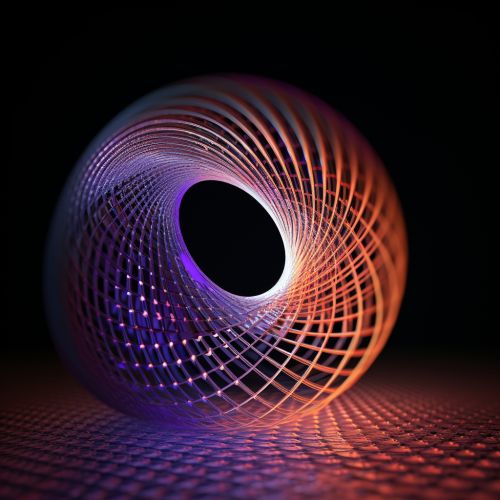
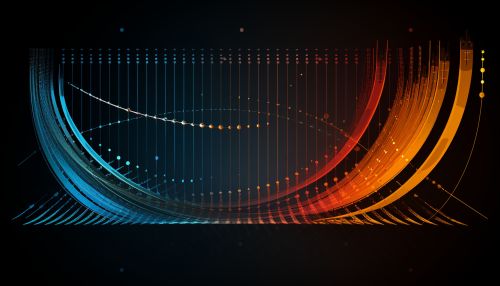
Quantum Error Correction Protocols
Quantum error correction protocols are procedures that use quantum error correction codes to correct errors in quantum systems. These protocols involve encoding the quantum information in a larger quantum system, detecting and measuring errors without destroying the quantum information, and correcting the errors.
Quantum Fault Tolerance
Quantum fault tolerance is the property that enables reliable quantum computation in the presence of errors. It is achieved by using quantum error correction codes and protocols to correct errors faster than they occur. Quantum fault tolerance is a key requirement for the practical implementation of large-scale quantum computers.
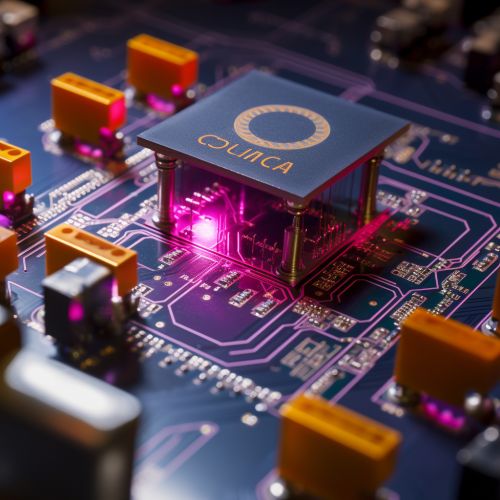
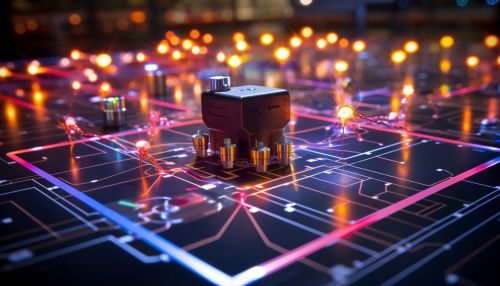
Challenges and Future Directions
Despite significant progress, there are still many challenges in the field of quantum error correction. These include the development of more efficient quantum error correction codes and protocols, overcoming the threshold theorem, and dealing with non-Markovian noise. Future research directions include exploring topological quantum error correction and machine learning approaches to quantum error correction.
